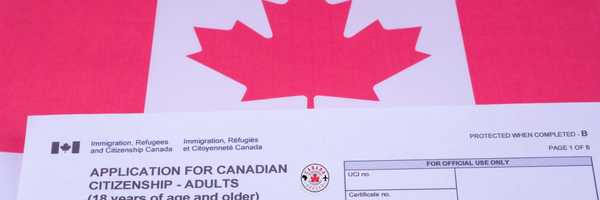Come And See The Aurora Borealis


The aurora borealis is the swathes of brightly coloured, luminous light which appear near the magnetic north pole of our planet. They are also called northern lights. We see the same phenomenon at the magnetic south pole, called aurora australis.
I am always impressed by beautiful things in nature. Luckily, there is plenty to choose from. I am especially fond of those natural phenomena which are beautiful, but apparently, serve no other purpose. It is as if the universe – or at the very least our solar system – is having an art exhibition. One of these phenomena is the aurora borealis.
Beauty is certainly in the eye of the beholder, and this beholder is in awe. The vibrant colours, the graceful shapes and the magnificent scale of the aurora borealis make them special to me.
Where Do We Find Them?

Aurora borealis occur in a vaguely elliptical shape above the magnetic north pole. The ideal line to spot them is on the outer range of this shape. It runs through several countries:
- Alaska
- Canada
- Iceland
- Denmark (Greenland)
- Norway
- Sweden
- Russia
Similarly, the aurora australis occur in an elliptical shape above the magnetic south pole. They are best (and most conveniently) viewed from southern Australia and Tasmania. The rest of the area where they occur covers a mostly desolate part of the Antarctic. Apart from the great distances, one’s trip is hampered by dangerous seas. Furthermore, the weather is extremely foul.
Canada is one of the best and easiest places to get to see this phenomenon. In fact, it is worth it to visit Canada specifically for this purpose. You are well catered for, with a variety of environments to choose from. In addition, there are many businesses specialising in the aurora borealis experience. Canada’s infrastructure and extensive road- and air networks make it easier to get there. Such “luxuries” are few and far between in, for example, the northern Siberian coast.
Where In Canada Can I See The Auroral Splendour?

- Northwest Territories (including the Canadian Rockies)
- Yukon
- Manitoba
- Nunavut
If conditions are ideal, you can also see them in Quebec and Alberta.
What Causes The Aurora?
There are three involved parties:
• The Sun
Charged particles escape from the sun and reach the earth as the result of solar winds.
• The Earth’s Magnetic Field
The earth’s magnetic field prevents most of the charged particles from entering our atmosphere. Because the magnetic field is slightly weaker at the poles, some of the charged particles do get through. They collide with gas molecules in our atmosphere, resulting in a beautiful light show.
• Gases In The Earth’s Atmosphere
Different gases produce different colours. Nitrogen gases produce purple to red colours, while oxygen produces mostly green colours. Colours can also vary according to the altitude of the gas molecules. Oxygen, for example, also produces a red colour, but only at very high altitudes.
Studies have revealed that the occurrence and intensity of the aurora borealis work in cycles of 11 years long. Sunspots are also involved in this cycle.
What you Should Keep in Mind:

• Time of Year
The mid-winter months, (from November to February) is generally a good time to see the aurora borealis. The nights are long and dark, and the days are short. If you go one or two months earlier or later, chances are that you could still see them – but then it becomes a bit of a gamble.
• Avoid Light Pollution
Light pollution, especially sky glow, interferes with visibility.
Ideally, it would help if you had utter, complete darkness for the best
possible experience. Avoid the major urban areas of Vancouver, Toronto and
Montreal and head for areas with little human activity. In the cities, you will
maybe still see them, but it would be a sad second prize like trying to watch a
film in bright sunlight.
• No Guarantees
As with the rest of nature, it is impossible to predict
precisely when and where aurora borealis will appear. The phenomenon is
dependent on the magnetic fields around the poles. However, these magnetic
fields are not static. They shift over time and the aurora borealis shift with
them.
A simple bout of bad weather can also spoil your viewing. Do research about the weather patterns in the area. Even a layer of clouds can make your efforts futile.
The closest prediction system uses the Kp index, which measures disturbances in the earth’s magnetic field. These disturbances are also called geomagnetic storms. Aurora borealis appear at a certain Kp index at a specific place. In this way, it can provide us with a window of opportunity and some predictability. That said, the science of predicting the appearance of aurora borealis is still in its infancy.
• Accessibility
Getting there is half the fun, the old saying goes. If you
want to have any fun, consider the accessibility of the place you want to head
to. “On the southern tip of Greenland” sounds exotic, but getting there is
complicated and time-consuming. Moreover, it can be quite expensive.
Again, this is where Canada comes out tops. Its aurora borealis viewing sites are more easily accessible than any of the competing countries’.

